│By Emily Priest, Digital Marketing MA student at the University of Portsmouth│
Today, digital marketing is unavoidable. Even if you don’t know what digital marketing is, you will almost certainly have experienced it at least once in the last twenty-four hours. Like digital technology, it is a part of almost every aspect of our lives. But this all-pervasive force wasn’t always in our workplace, screens, or pockets. Arguably, it is only thirty years ago that the term “digital marketing” was even coined and half that since it became mainstream.
Whilst digital marketing is the present and the future, let’s have a little look at its history.
What is digital marketing?
Digital marketing utilises online, digital tools such as desktop computers, smartphones and, of course, the internet. It encompasses a range of techniques and channels from Social Media to SEO (search engine optimisation) and is a rapidly growing industry. Using Gale Primary Sources and its valuable Term Frequency and Topic Finder tools, it is possible to explore and chart the growth of digital marketing and also pinpoint when – and possibly even how – it grew from a futuristic dream to reality.
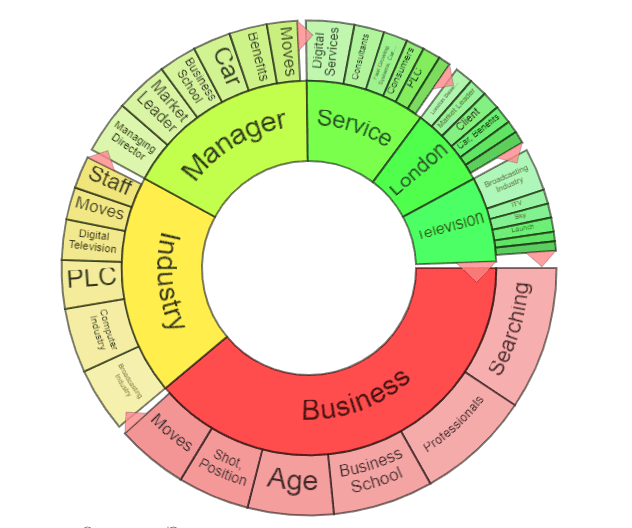
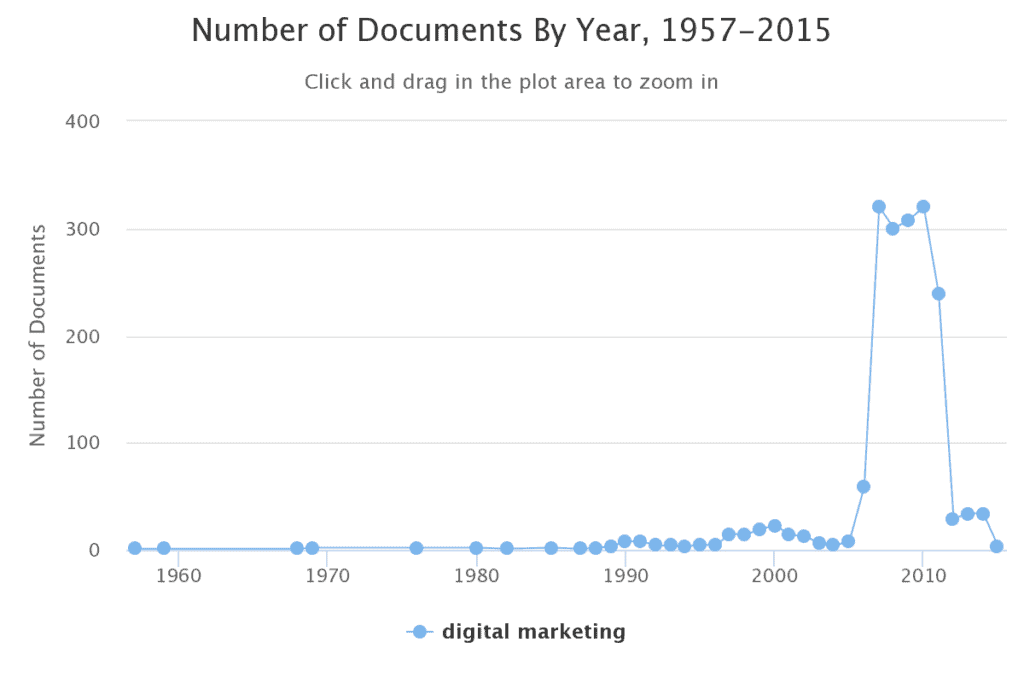
The first steps towards digital marketing
If digital marketing was “invented” around 1990 (as evident in the Term Frequency graph above), why did it take over a decade to break into the mainstream? The simple answer: technology, and lack of access to it. Although the internet was created in 1983, the wide use of digital communication was limited and primitive. Web 1.0 only permitted users to view information online, not create or share it; what we now call “Social Media” did not yet exist. The 1994 advertisement below from the Daily Mail, one of the archives included in Gale Historical Newspapers, advertises the advantages of “State of the art GSM Digital mobile phone technology” available with “Digital Mobile Phones…connected to the Cellnet network”. These were not the smartphones we know today, but brick-like devices with antennas that look like they could survive a 10ft drop! This technology is also marketed more towards businesspeople than the general population. Amusing as this is now, such sources show us technology had started to develop in a way that would eventually enable digital marketing, but was as yet far from ready.
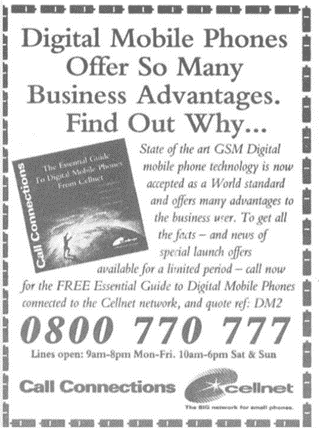
Just a year later, this article in the Times was arguing that digital broadcasting was the future, offering “more channels, better pictures and sound and a whole new range of services.” These services included home shopping, banking and interactive features. According to the author, Britain stood “on the edge of a broadcasting revolution,” led by this new digital technology.

Social media goes viral
In the early days of digital TV, radio and mobile phones, the technical infrastructure for connectivity grew, but one of the most significant components of digital marketing had yet to appear. In 1995, Social Media was non-existent, and this was largely due to the limitations of technology; web applications still lacked the necessary processing capabilities.
However, in 1997, the first recognised Social Media platform, SixDegrees.com, was launched by MacroView. A year later in 1998, Microsoft created MSN and Yahoo! Search was released. MSN quickly introduced “stickers”, “nudges” and “emojis,” creating a fun and convenient new way to interact with friends and Yahoo! flung open the doors to search engine marketing – and the optimisation of it. This helped to lead the 1999 online shopping revolution in the UK, where online sales amounted to over £230 million. In this article from The Times Digital Archive, Robert Lea reported that “68% of consumers said that their shopping habits had changed within the past 12 months because of the onset of electronic retailing”.
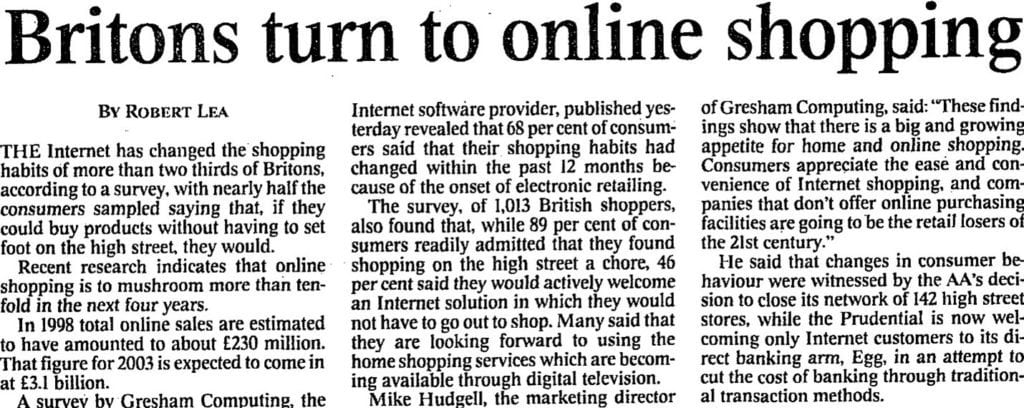
In the year 2000, the bubble burst. SixDegrees.com and many small search engines shut down and it seemed that Social Media was over before it started. However, the sun hadn’t set on mass online communication just yet; in 2004 Facebook entered the playing field. In the same year, whilst Facebook was encouraging old school friends to get involved in “digital pillow-fights,” Google went public and Gmail launched.
Significantly, technology had, by this time, matured to a point where these platforms could flourish and, within a very short space of time, digital marketing pervaded our lives. YouTube went live in 2005 (and was bought less than two years later by Google, which was quick to recognise its marketing value); Twitter hatched in 2006; and in 2007 Tumblr tumbled out, Amazon reached $10 billion e-Commerce sales and the first recognised smartphone went on sale – the iPhone. Technology and the digital world were rapidly expanding and touching millions of people’s lives around the world.
The dollar signs mount up
It didn’t take long for other companies and entrepreneurs to look to cut their slice of the digital pie. With communication changing rapidly, businesses realised that, to remain relevant and survive, they needed to adopt digital marketing, which quickly became worth big bucks. In 2006, according to this brief note in the Times, Tangent Communications purchased c360uk, a digital marketing company, for £4.5 million, and in 2007 WPP paid $649 million for digital ad platform 24/7 Real Media. These expensive deals marked a new age of marketing and highlighted a shift in business strategy.
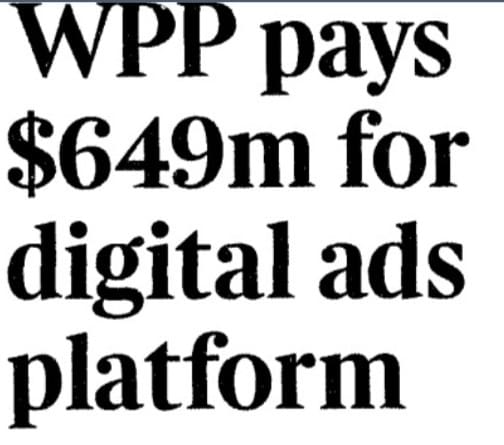
What’s next?
So – what does the future hold? Will digital marketing entirely take over commercial communication? Or is there still a charm and function for traditional marketing and media such as print or broadcast?
Thirty years ago, our worlds were, in some ways, smaller and less connected; now many can access a universe of information, entertainment and entrepreneurship, right at their fingertips. Take Gale Primary Sources for example – the source of the fascinating, demonstrative (and sometimes amusing) primary sources I’ve used throughout this piece to explore the birth and growth of digital marketing. With just a few clicks, students can lose themselves in a cosmos of primary sources spanning the globe and over five hundred years of history, and in no time at all access valuable information that can enhance their grasp of a topic. Indeed, students like myself, studying a very future-ready subject like Digital Marketing, can still turn to, and learn from, the past trajectory of their subject. Digital marketing operates in this same world of almost unlimited connectivity, interaction and information and thus the possibilities it offers are equally as vast and varied. I’m keen to see what the next thirty years brings!
Interested in reading more about the history of technology, or integration of technology into society? Check out The Data Visualisation Revolution – From Plotting Distance to Digital Humanities, Predicting the Future One Hundred Years Ago or The Rise and Fall of Space Invaders in the British Press.
Blog post cover image citation: by Rodion Kutsaev (@frostroomhead) on Unsplash.com https://unsplash.com/photos/0VGG7cqTwCo

